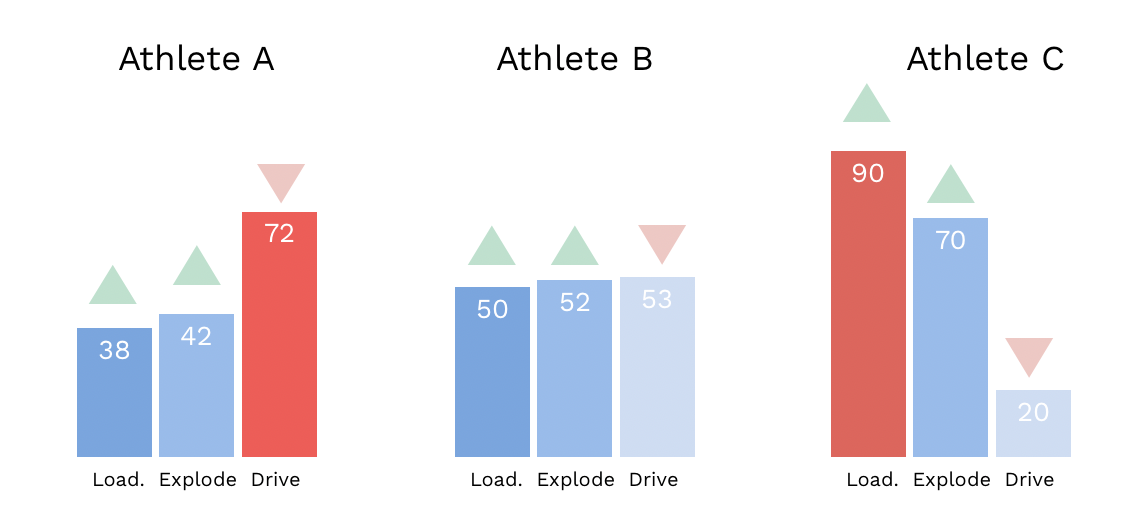
There’s constant chatter out there around Quarter Squat vs Full Squat, Bilateral vs Unilateral, Powerlifting vs Olympic Lifting, and so on. Coaches of different levels, different philosophies, working with different populations are engaging in Twitter battles defending their arguments. The most common defense – “it’s worked for me.”
Truth is, there have been hundreds – if not thousands of wildly different programs of all types that have ‘worked’ for coaches; programs that have kept an athlete or athletes healthy, and performing at a relatively high level in their given sport.
Trap Bar Deadlift works for some athletes.
Front Squat works for some athletes.
Back squat works for some athletes.
Shoot, Yoga/Pilates has worked for some athletes.
See where I’m going with this?
But the inverse also holds true. All of these exercises/styles of training have failed athletes in the past as well. We all know that the coaching and execution matter most – but we will put that element to the side for the sake of this post, and recognize that no single style of training or exercise ‘works’ for everyone, no matter how well it’s coached.
The problem isn’t necessarily the exercise or method itself, it’s who it’s getting prescribed to.
Penicillin ‘works’ for bacterial infections, but it’s not going to do you any good for your congestive heart failure. That ibuprofen ‘works’ to decrease your inflammation, but it’s probably not helping your asthma.
Why don’t we recognize this with training?
Have you ever seen an episode of (name any hospital drama) where they have trouble diagnosing the condition? The situation is intensified as one medicine would essentially cure the patient if the diagnosis was X, but would kill them if the diagnosis was Y? Most treatment decisions aren’t life and death, and prescribing training interventions is far from it, but we’d be foolish to think that prescribing the “wrong” training isn’t negatively affecting that athlete in some way shape or form.
We can conceptually understand this, but we’re now able to see these effects objectively. In our 2018 publication in the Journal of Strength & Conditioning Research, we can clearly see that exercises have positive and negative effects on key performance variables Load, Explode, and Drive. For example, Bilateral Squats improve Load (average eccentric rate of force development) and Explode (average relative concentric force), but actively decrease the Drive quality (relative concentric impulse).

Knowing this, prescribing Bilateral Squats to Athletes A and B will ‘work’, but should we really be contributing to Athlete C’s heavily imbalanced sequencing?
Taking a low dose of ibuprofen a handful of times likely won’t have significant adverse effects on an individual, but taking something stronger like Oxycodone daily for months at a time will likely have significant consequence. The same can be seen in training! If you’re giving an athlete the “wrong” stimulus for long enough, the risk of injury is heightened. Again, this isn’t just anecdotal.
Over/under reliance on any of the Load, Explode, or Drive variables statistically increases the likelihood of injury. In the University of Pennsylvania’s recently accepted abstract, Prediction of Lower Extremity Injuries from Vertical Jump Kinetic Data in Collegiate Athletes, a regression equation showed the ability to predict lower extremity injury and ACL injuries, specifically, with this data.
A lot of exercises and programs ‘work’ (keep athletes healthy and performing well) but only when given to the right person at the right time. Objectively assessing athletes to take guesswork out of the equation could be the difference in being available – or not. Using this data to prescribe training, or individual planning will help answer the question of ‘who gets what’ to lower the risk of injury, and improve performance.